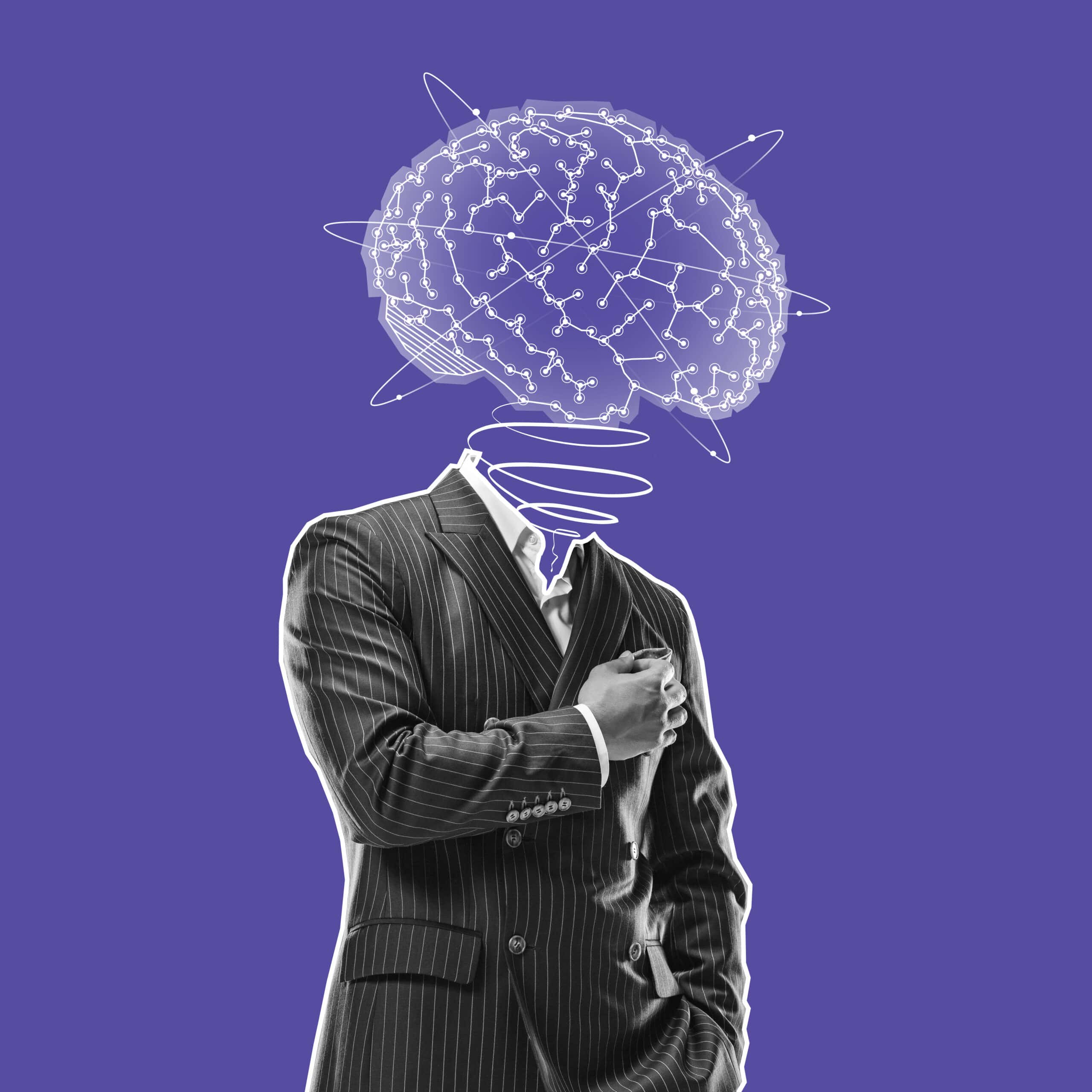Peter Drucker’s ‘The Effective Executive’ reinforces the essential role of discipline in creating a meaningful impact.
This book is my constant source of inspiration. Remarkably, Drucker penned it in the 1950s, yet most of his insights remain remarkably relevant today.
As we embark on a new year, with fresh goals in sight, mastering time management is the ultimate path to success. Drucker illuminates three straightforward steps to unlock your full potential and achieve unparalleled effectiveness.
The question is: Are you taking control of your time and making the most of every moment? 💪
Featured Article:
Generative AI is a Gamble Enterprises Should Take in 2024
LLMs today suffer from inaccuracies at scale, but that doesn’t mean you should cede competitive ground by waiting to adopt generative AI.
Article featured in Towards Data Science
Every enterprise technology has a purpose or it wouldn’t exist. Generative AI’s enterprise purpose is to produce human-usable output from technical, business, and language data rapidly and at scale to drive productivity, efficiency, and business gains. But this primary function of generative AI — to provide a witty answer — is also the source of large language models’ (LLMs) biggest barrier to enterprise adoption: so-called “hallucinations”.
Why do hallucinations happen at all? Because, at their core, LLMs are complex statistical matching systems. They analyze billions of data points in an effort to determine patterns and predict the most likely response to any given prompt. But while these models may impress us with the usefulness, depth, and creativity of their answers, seducing us to trust them each time, they are far from reliable.
New research from Vectara found that chatbots can “invent” new information up to 27% of the time. In an enterprise setting where question complexity can vary greatly, that number climbs even higher. A recent benchmark from data.world’s AI Lab using real business data found that when deployed as a standalone solution, LLMs return accurate responses to most basic business queries only 25.5% of the time. When it comes to intermediate or expert level queries, which are still well within the bounds of typical, data-driven enterprise queries, accuracy dropped to ZERO percent!
GenAI will be worth trillions. Here’s a roadmap for harnessing it
Top-down direction of the technology by a bespoke steering committee is recommended for organizations.
Article featured in World Economic Forum
Recent technological advances in AI, namely massive generative AI (GenAI) models that display impressive emergent capabilities across a wide range of tasks, will transform the world.
Specifically, Gen AI presents us with an opportunity to accelerate innovation and improve business processes across entire value chains. Trust, transparency, and inclusiveness are key priorities to scale adoption and realize the true transformative potential of GenAI. A recent report published by McKinsey estimates that GenAI can potentially create between $2.6 and $4.4 trillion in value to GDP across industries.
The rapid adoption of GenAI by consumers and businesses alike, for tasks ranging from image creation to customer support, has transformed B2B companies’ approach to introducing new features. For example, SAP now integrates GenAI to simplify data access, accelerate query responses, deepen customer insights and streamline repetitive tasks in backend processes.
Emphasizing intuitive user interaction with software to empower users, we aim to enhance applications’ learning abilities for better and optimized business outcomes. SAP prioritizes ethical practices to avoid bias and ensure equitable growth.
Where AI and quantum computing meet
Quantum computing may be years away from practical enterprise applications, but it’s getting closer. We talked with IBM’s quantum adoption leader to see where we’re at right now..
Article featured in TechTarget
For those who have heard of quantum computing but don’t quite grasp it, how does it differ from the classical computing that powers our laptops, phones, and desktops?
Scott Crowder: It fundamentally uses a different information science. It’s not like classical in the sense that we were doing classical information science before we invented digital computers. This is different in the way it does computation. Therefore, it’s better at certain kinds of math than the computers of today are bad at and vice versa.
You could theoretically run anything on a universal quantum computer, but you wouldn’t want to. You only want to run through quantum the things that classical computers aren’t great at and what quantum computers have been proven to be good at. They leverage quantum mechanics, so it is like sci-fi come to life. It can do certain kinds of computation that we might never ever, ever be able to do using a classroom.
2023 was on track to be the hottest year in history. That means we should be reflecting on the sustainability of how we source, manage and maintain one of the world’s most important commodities—information and communications technology (ICT).
While we don’t yet have all of the answers we would like, we can be cautiously optimistic. It is already known that ICT is not an insignificant contributor to greenhouse gas (GHG) emissions—the consensus is that global GHG emissions from ICT are about 2.8% of the total per year. That’s made up of a slew of sources, from a work laptop to a home PC, but enterprise usage is a large and growing contributor.
Cloud computing in particular, which delivers ICT as a “utility” to many customers and has become so central to organizations’ use of computer power and storage, now needs to be assessed on an environmental basis.
How Do CIOs Have To Change To Be Successful In The Future?
Efficiency, resiliency, productivity and ROI are among the most critical digital transformation benefits for businesses fighting to remain competitive and gain market share.
Article featured in The Accidental Successful CIO
Being a CIO today is definitely a real challenge. The world seems to be moving faster than it ever has before and between pandemics and hiring challenges, it seems as though a CIO’s work is never done. However, if there is one thing that a CIO understands, it’s that everything changes. This, of course, means that we have to change. However, we have to make sure that we understand what is coming our way so that we know how to change correctly.
The Challenge Of Change
I think that we can all agree that perhaps there’s no worse time than now to be a fairly average CIO. The reason for this is because right now there is intense pressure on CIOs. For years, your company’s executives have stressed the need for CIOs to move beyond simply managing IT to also leveraging technology to create value for the business.
This priority has now become a requirement. New technologies have been at the center of a number of trends. These include everything from mobile-first consumer shopping preferences to the promise of artificial intelligence in critical decision making. They have reshaped the competitive landscape and disrupted business models. For this reason, companies now need to be tech forward: technology needs to drive the business.
Many consider Peter Drucker the most influential thinker in the history of management.
His prolific writings — over 30 books — have gone on to sell millions of copies and inspire young managers all over the world.
That’s great. But what if you’re not a manager?
What if you’re a freelancer, an office grunt, or just a hermit living in the woods? Can Drucker still help you?
You bet. There’s one thing that everyone has to manage. It’s something very close to us — ourselves.
For Drucker, this self-management starts with time.
In The Essential Drucker — an excellent intro to Drucker’s prolific writings (over 30 books!) — there’s an entire chapter devoted to his method of time management.
I’ve used a variant Drucker’s method on and off for a while now. When I do use it, I am a productive beast, averaging 7–8 hours of quality work a day. When I don’t, I average 2–3 hours — no better than the average American.
Let’s take a look at Drucker’s method.
THE DIGITAL EYE
I hope these articles are valuable.
I am passionate about technology, and I want to share that passion with you. I believe that it’s essential for everyone to stay up-to-date on the latest trends, so I’ve set out to cover all aspects of the industry – from data analytics to blockchain and AI.
Please let me know if you want to see any other topics covered, and I would appreciate your help sharing this blog with others interested.








